Gone with the wind: why wind farms in Polonyna Borzhava threaten to harm both nature and humans

A polonyna is an alpine meadow unique to the high slopes and rolling ridge tops typical of the Carpathian mountains. From a bird's-eye view, Polonyna Borzhava in Transcarpathia is shaped like a bird. One wing points northwest towards Volovets, the other southeast towards Mizhhiria, and it has a head and a tail.
Borzhava has an abundance of air. Mountaineers and lovers of the great outdoors from across Ukraine come here all year round to breathe it in. Borzhava is perfect for Kyivans, because thanks to convenient logistics, it is easier to get to than almost any other Carpathian mountain.
You get on the train in the evening, straight from work, and next morning you get off at Volovets and just start climbing the mountains – no need for a minibus, diesel car or taxi. That night you sleep in a tent under the stars, and on Monday morning, after the train ride back, you’re back in the office, where no one knows about the incredible journey you’ve experienced on an ordinary weekend.
And no one will tell on you, because in the mountains you’ll only meet people like yourself – fugitives from the city. Or locals collecting yafyns (the local term for blueberries) in the mountain meadow who care nothing for the secrets of visiting tourists.
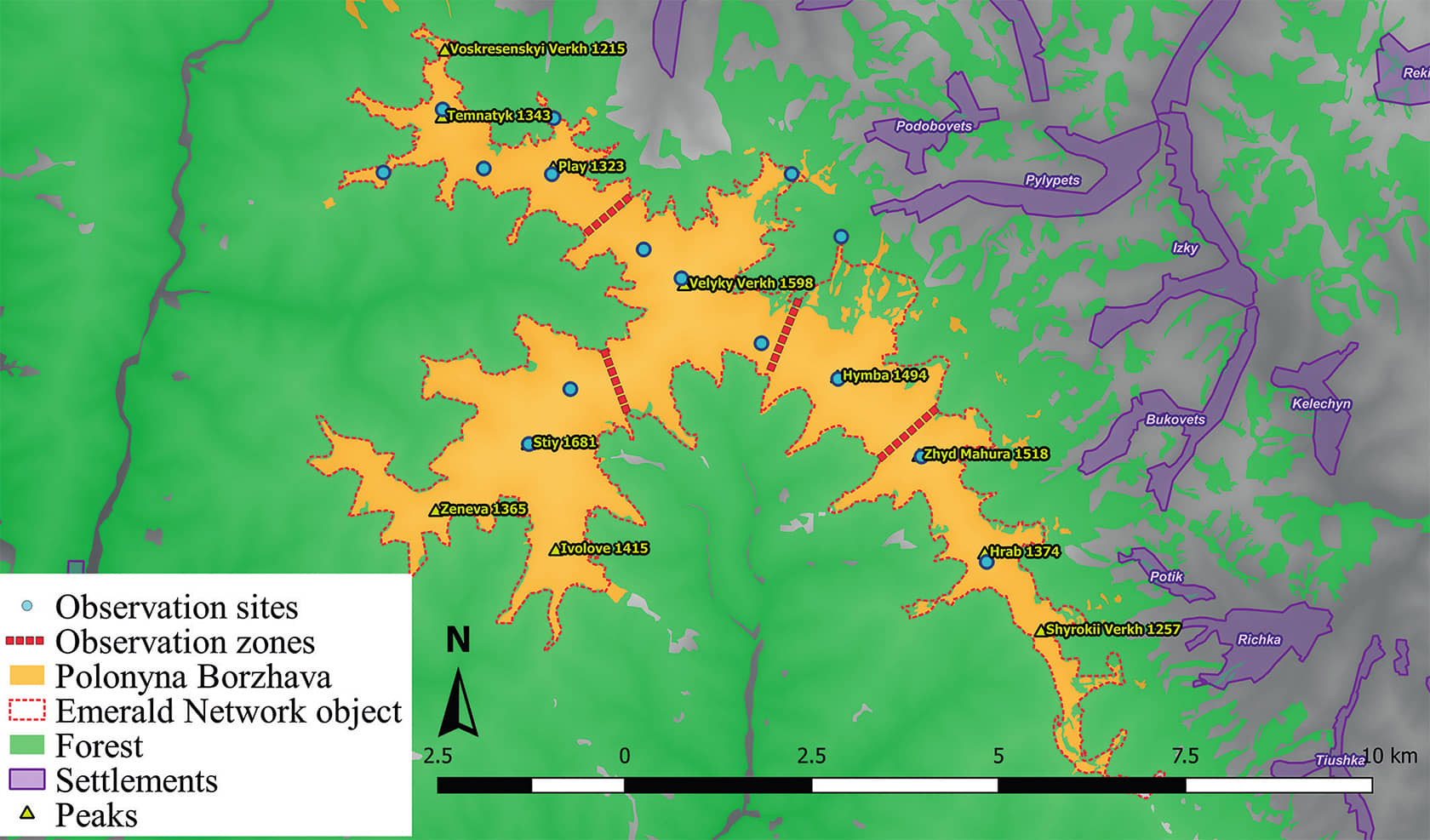
In some places in Borzhava, the air rises upwards. You can't see it, but hang gliding and paragliding enthusiasts know how to catch those upward currents, and they love those places more than anywhere else in the Carpathians. It’s like Koktebel [a resort in Crimea famous for hang gliding], but we can only remember and dream about that now.
Birds fly over Borzhava, travelling halfway across the world, racing with the winds. But because of those winds, more than thirty wind turbines are set to be built on the mountain ridge, each one taller than the Gulliver building in central Kyiv [Ukraine’s second-highest building]. Or the Great Pyramid of Giza.
The wind turbines will generate electricity which, as so often, is being touted as "green". But the people who go to Borzhava to hang-glide, pick berries and escape from the cities with their noise, shopping centres and offices will be pushed out. And the wind turbine-covered mountains will never look the same again.
In this article, Ukrainska Pravda explains why the energy from the planned wind farm in Borzhava will not be "green", and how both people and wildlife lose out when wind turbines are built.

Flying over a blind spot
The fact that we are living in an era of extinction today (the Holocene extinction) is hardly a surprise to anyone. This is an indisputable fact.
A slightly less well-known fact is that as well as the species of organisms we know about, species that are completely unknown to science are also dying out and will continue to die out. After all, there are many kinds of invertebrates living in tropical rainforests, and too few scientists who can describe them, and the forests are hard to get to.
Except for those who cut them down. So the rainforests are disappearing faster than zoologists and botanists can study their "population".
Even fewer people know that thousands of miles away from the rainforest, there are also plenty of "blind spots", as far as biology is concerned, in the very heart of Europe. Of course you’re not going to discover a previously unknown population of Attenborough's echidna here. But if you take a closer look at animals we think we know well, you find that there are often many important things about them that we don’t know. Ukrainska Pravda has already reported on this using the example of the lynx in the Chornobyl nature reserve.
Another example is the сommon crane. In Ukraine, these birds nest mainly in the northern part of the country. The southern border of the species' range runs through our country. The main crane population in Europe lives north of Ukraine – in the Baltic states, Finland, and so on.
In autumn we see and hear these birds as they head south to Africa to overwinter, returning here to breed. But where exactly are their migration routes?
It appears that even today, not enough is known about this – not only from a purely academic point of view, but also in order to protect these birds, which are listed in Ukraine’s Red Book of endangered species.
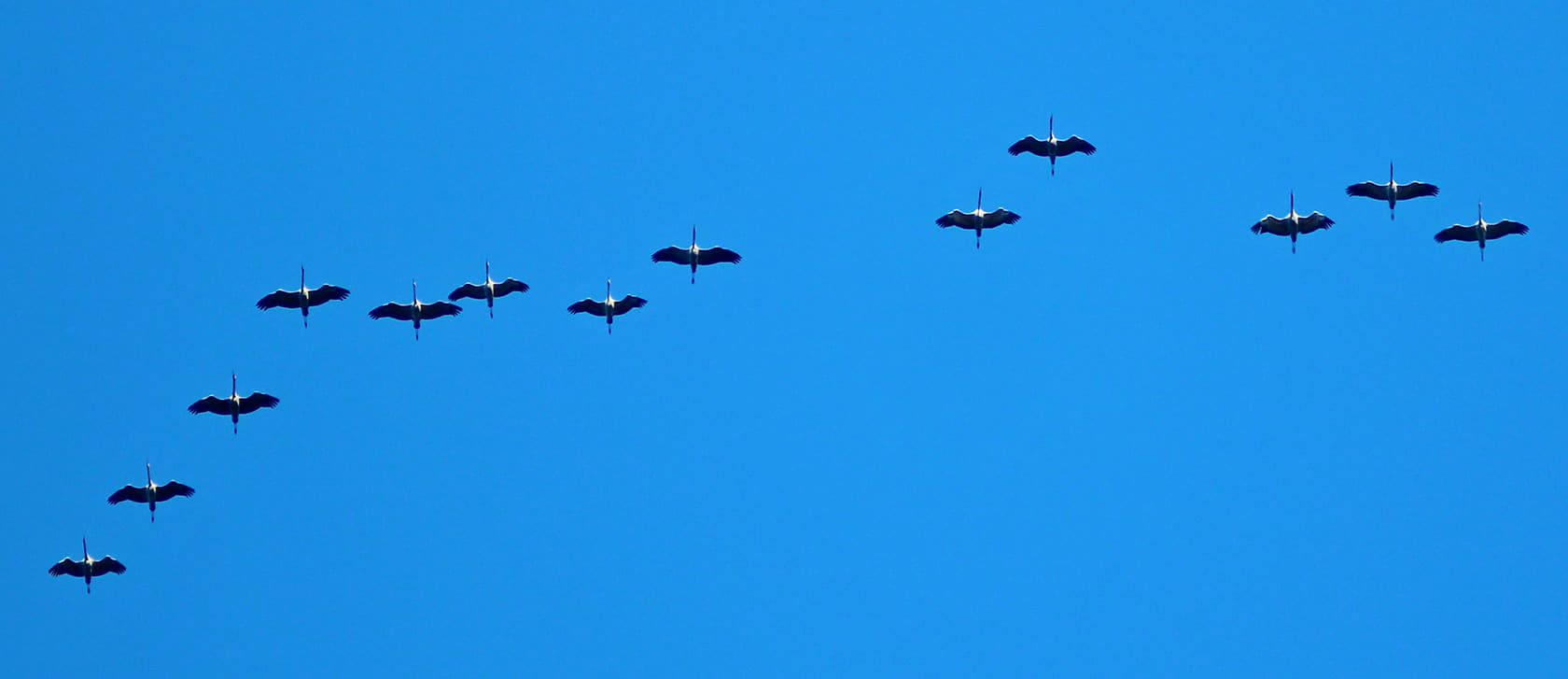
Wind turbines
Andrii Bokotei, a professor at Ivan Franko Lviv National University and a leading researcher at the State Natural History Museum of the National Academy of Sciences of Ukraine, says that the Ukrainian Carpathians are a real blind spot on the hypothetical bird migration map. Very little is known about which birds fly over these mountains, exactly when they fly, and in what numbers. The main reason why is the same as ever – this is a vast country with a lot of work for ornithologists to do, and not enough ornithologists or funding to pay for them.
In 2017, it was reported that Atlas Volovets Energy, a Volovets-registered company founded by Turkish investors, planned to build more than thirty wind turbines on the Borzhava ridge to generate electricity. Each of the structures would be over 150 m tall.
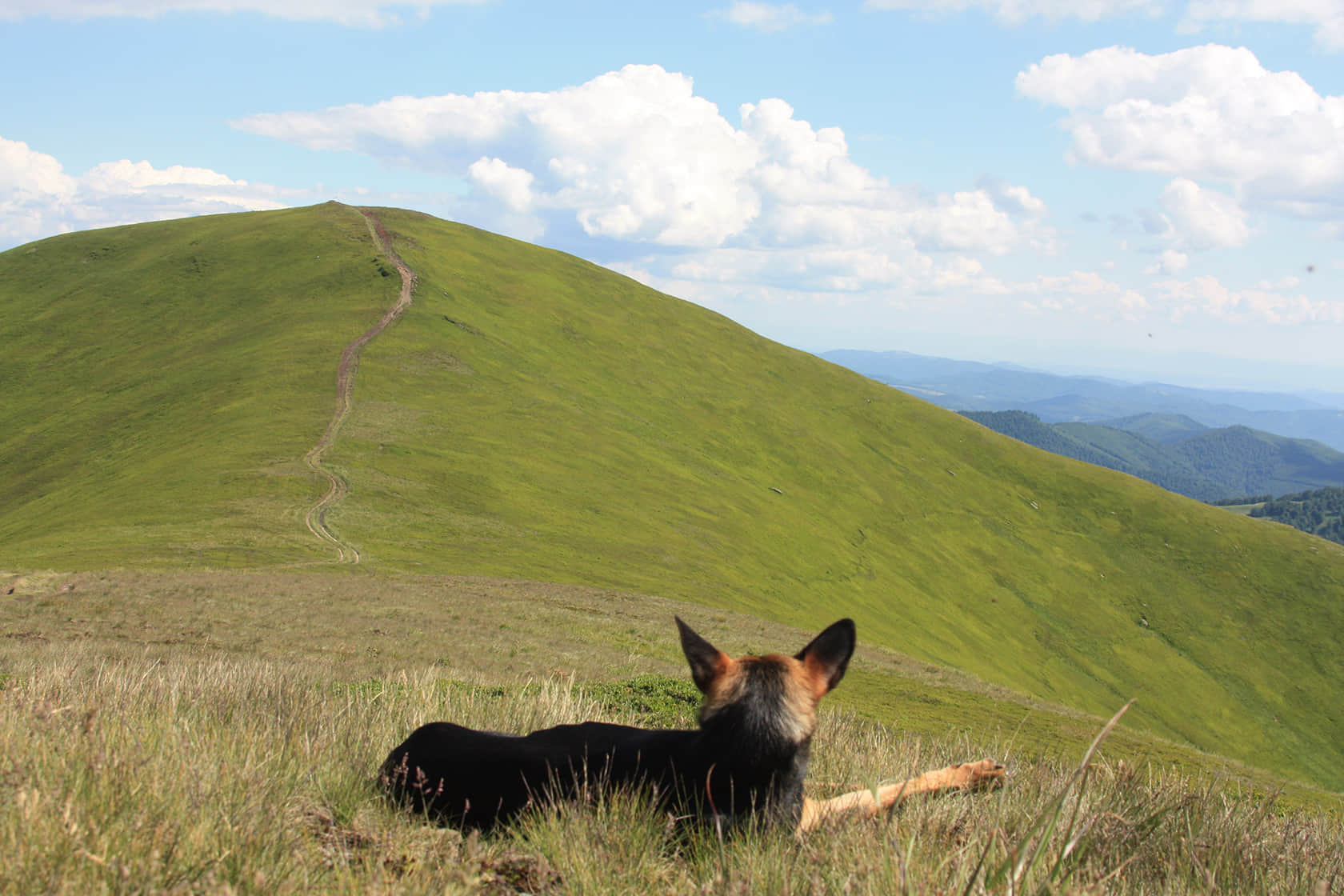
The project will involve large loads being delivered to the mountains, ditches being dug, wind turbines being installed in them, communication lines being laid underground, and finally, the wind turbines starting to operate. It’s obvious that this will impact the environment.
To find out how much, and whether it is possible to somehow align the interests of people with the needs of nature conservation, the law requires that an environmental impact assessment (EIA) be carried out in such cases. The people running the project hire experts to do this – botanists, ecologists, zoologists, soil scientists and so on – who conduct scientific research and draw up a report.
Depending on the conclusions reached, the project may be green-lighted or rejected, or alterations may be proposed to reduce the harm to nature – for example, moving to a different place or time, depending on the nature of the project.
An obstacle for birds
In the case of the Borzhava wind turbines, the EIA turned out to be a record-breaking 1,800-odd pages long. The general conclusion was that the project is fine and will not cause much harm to nature. However, it raised many questions and comments among nature conservationists – so much so that the case was taken to court.
One of the many questions concerned migratory birds. Will they be harmed by the towering wind turbines? This is a very pertinent question given that in the United States, for example, around 400,000 birds die every year because of wind turbines.
Just don't ask how many die in Ukraine. There are wind turbines here, of course, but ornithologists are not allowed anywhere near them – presumably so as not to spoil anyone's mood.
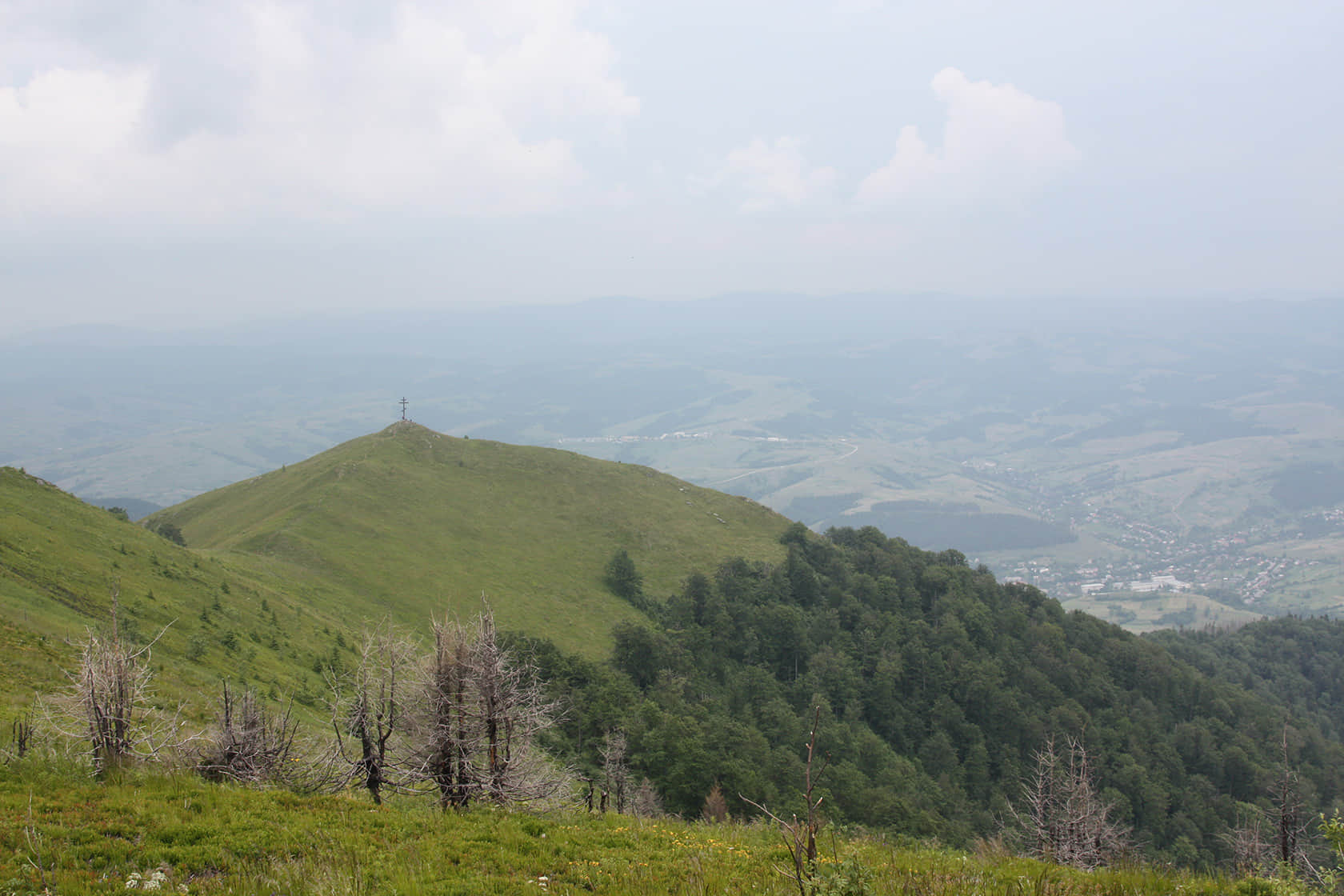
Two ornithologists from Melitopol conducted research in Borzhava as part of the EIA and concluded that there is no cause for alarm because there are very few birds there during the migration period.
Theoretically, this is quite possible because birds don’t migrate just anywhere: they follow set routes that suit their needs. But for other ornithologists, the conclusion did not ring true: it’s hard to believe that just two people can do an accurate count of the birds in the longest mountain meadow in Zakarpattia Oblast. Especially when so much is hanging on the result – and not only from a scientific point of view.
Which birds fly over Borzhava?
Andrii Bokotei and his colleagues decided to do a recount in Borzhava to get a more objective picture.
In 2018, seven ornithologists set to work in the mountains. They saw a completely different picture from mid-September to early November than their predecessors had.
The ornithologists counted over 3,500 common cranes alone. The previous year, the researchers from Melitopol had seen fewer than 2,000.
In addition to the cranes, several other Red Book species were recorded: hen harrier, stock dove, osprey and peregrine falcon.
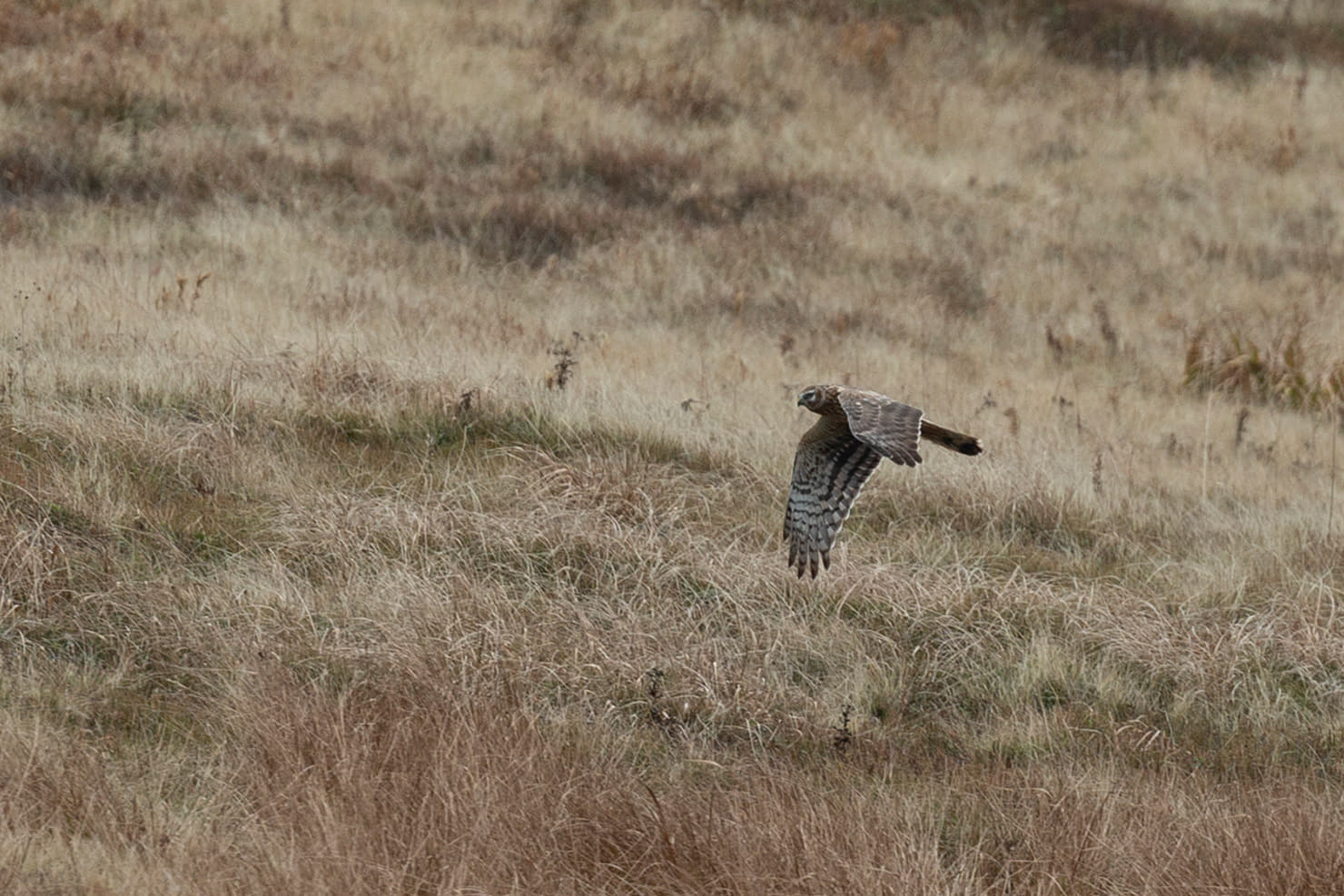
In total, in the course of their observations, Andrii Bokotei's colleagues counted more than 40,000 birds belonging to nearly fifty species over Borzhava. And even this data is most likely an underestimate. Ideally, more people are needed, and the surveys should cover a longer period of time.
What will happen to the cranes, chaffinches, storks and other birds if wind turbines appear in Borzhava?
"There is no doubt that the wind turbines will pose an enormous danger to them, because a significant number of these birds fly at the level where the blades rotate," Andrii Bokotei says.
Some birds may be lucky enough to slip through, while others may change their route. Whether it will be as convenient and secure as their previous one, we don't know. But right now, there’s a reason why the birds fly over Borzhava.
In addition to the court case with respect to the EIA, there are two other ongoing cases related to Borzhava and the wind turbines, one of which prohibits the developer from starting the project.
Emerald territory
Polonyna Borzhava’s significance for wildlife is not just as a migration corridor for tens of thousands of birds, of course. It is home to other Red Book-listed animals, such as several species of bat.
The slopes of the mountain range are covered with ancient woodlands and primeval forests. These are ecosystems that have suffered hardly any negative impact from humans so far, so they have preserved the maximum possible biodiversity, including many plants and animals that cannot be found in forests "tended" by people.
Due to its great environmental significance, Borzhava was granted Emerald Network status in 2016. There are Emerald Networks in other European countries and signatories of the Berne Convention on the conservation of wild flora and fauna.
Without going into details, the functioning of the Emerald Network in Ukraine is one of the conditions for EU integration. As a signatory to the Berne Convention, Ukraine is obliged (!) to protect nature in these areas.
What’s water got to do with it?
At first glance it would seem that wind turbines should not cause too much harm to wildlife if we forget migratory birds. Because the structures are so tall, the area they cover is relatively small.
But that’s only at first glance. Conservationists say the construction site for a single wind turbine covers about two hectares. Across that area, not only the grass cover but also the soil to which it is bound, which forms very slowly in the mountains, will be destroyed.
The surface layer will also be destroyed in the areas where the underground cables are laid and the roads needed for heavy transport are built. And these problems for nature very quickly begin to impact people too.
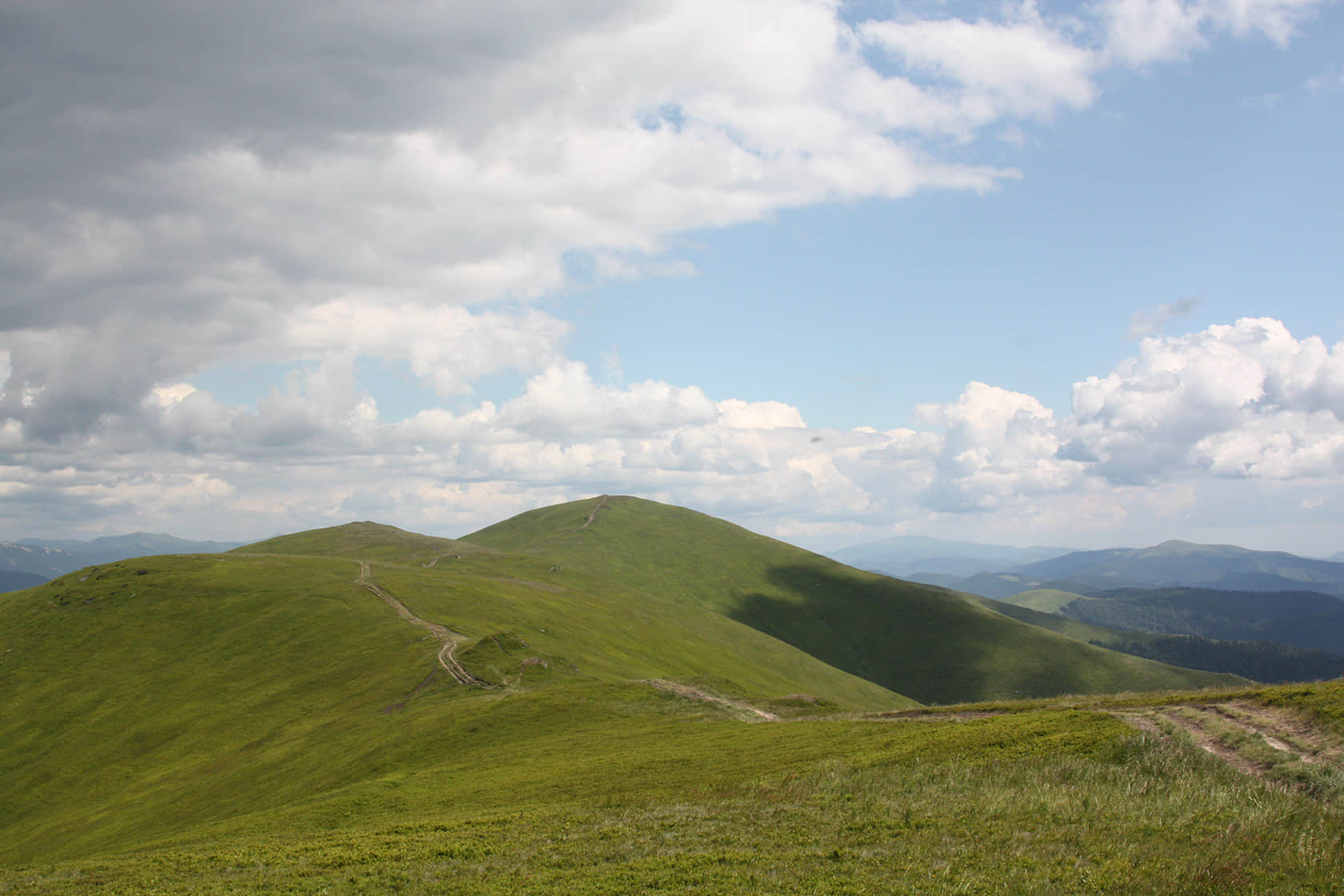
The grass-covered polonyna functions rather like a swamp. It accumulates water supplied by the generous Carpathian rains and then slowly transfers it to the mountain streams that are collected in rivers. But construction work will inevitably disrupt the soil cover, preventing the polonyna from performing its hydrological functions.
"During rainy periods, the water will not be retained, but will flow down from the mountains instead, leading to the rapid formation of floods. But this will also have another effect – during periods when there is no rain, the polonyna will not be able to yield the water that it should have accumulated," explains Oksana Stankevych-Volosianchuk, an ecologist who works for the public organisation Ecosphere and is associate professor of the Department of Zoology at Uzhgorod National University.
"The [water] level in the rivers is already falling catastrophically, but it will fall even more."
These problems – plus landslides, which are also related to hydrology – will primarily affect the people who live in the nearby Volovets and Keretsky hromadas [an administrative unit designating a village, several villages, or a town, and their adjacent territories]. Incidentally, some local people are opposed to wind farms precisely because of this hydrological aspect.
Others, however, believe that roads in the mountains will make it easier to harvest blueberries, an important source of income for the local population.
But conservationists say that there may be fewer berries in Borzhava due to the brutal human intervention in the polonyna’s fragile ecosystem.
Wind turbines vs visitors to Borzhava
There is also opposition to the wind turbines from fans of outdoor activities and mountain sports. One of the main reasons is obvious: those giant constructions spoil the mountain landscape and atmosphere – the very things that draw most people to the mountains.
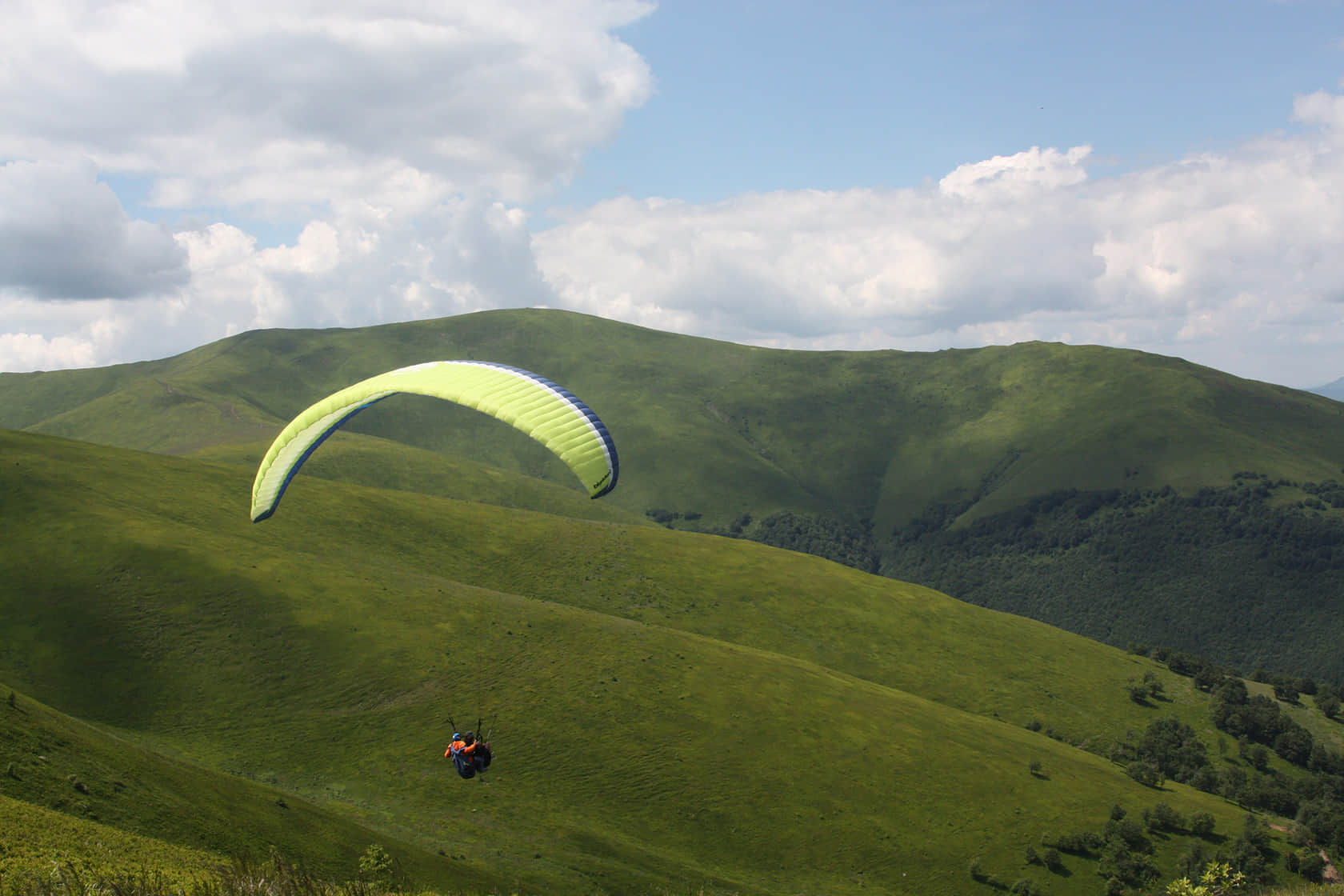
But there’s also a purely practical reason related to safety. Ice freezes on a wind turbine's blades in winter, and the blades then sling it around, endangering the life of anyone who happens to be in the path of such "precipitation".
As a result, wind turbines will force hang gliders and paragliders out of Borzhava. And Borzhava is unique in the Ukrainian Carpathians when it comes to convenient logistics for take-off and landing sites and other features.
A voice from Europe
Since Borzhava is part of the Emerald Network, Ukrainian environmentalists wrote to the Secretariat of the Berne Convention, which deals with nature conservation areas like this one. At the end of 2021, they received an official recommendation from the Standing Committee of the Berne Convention which advised Ukraine to abandon the construction of a wind power plant in Borzhava.
"It is clear that there will be significant impact on the biodiversity interest [from the potential construction of wind turbines]; thus alternative sites should be sought [to construct the wind power plant] where the impact would be much less and would not impinge on an Emerald Network site, but would allow a similar contribution to be made to Ukraine's renewable energy targets," the official document says.
But since the document was only a "recommendation", the Ukrainian leadership reacted accordingly (i.e. did nothing).
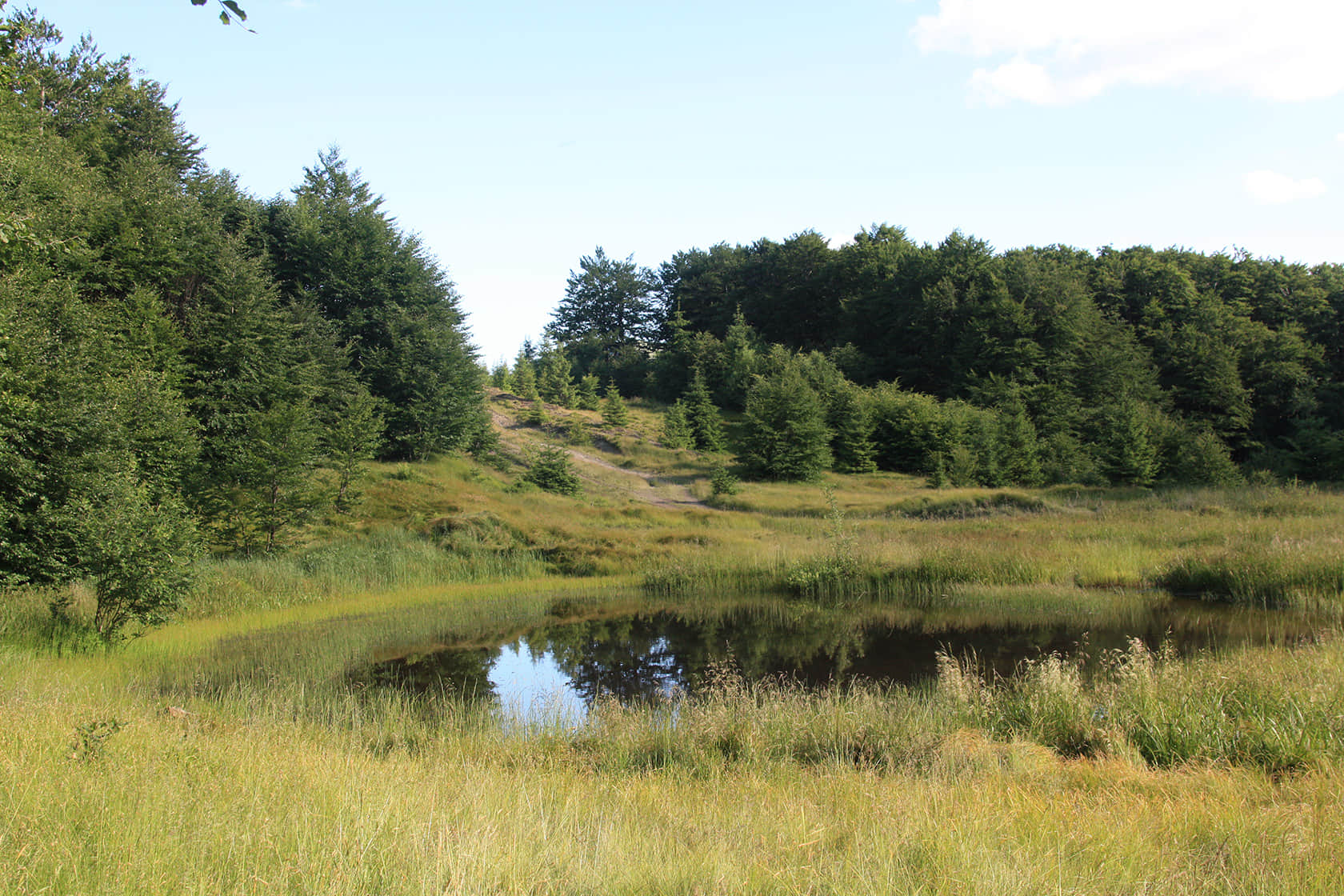
Fresh wounds
The fight for Borzhava has been going on for over five years. At some points, the case was almost resolved in favour of nature. But just recently, the story has gained new momentum.
In October 2023, Oksana Isevych, the deputy head of an NGO called Save Pikui, spotted several areas that had been dug up with special equipment. These areas are adjacent to the old dirt road near the Temnatyk, Plai and Velykyi Verkh peaks – the "wing" of the Borzhava "bird" that looks toward the settlement of Volovets.
The soil cover in these areas has been deeply damaged, not to mention the vegetation, of which no trace remains. The road itself has now been badly damaged by heavy machinery.
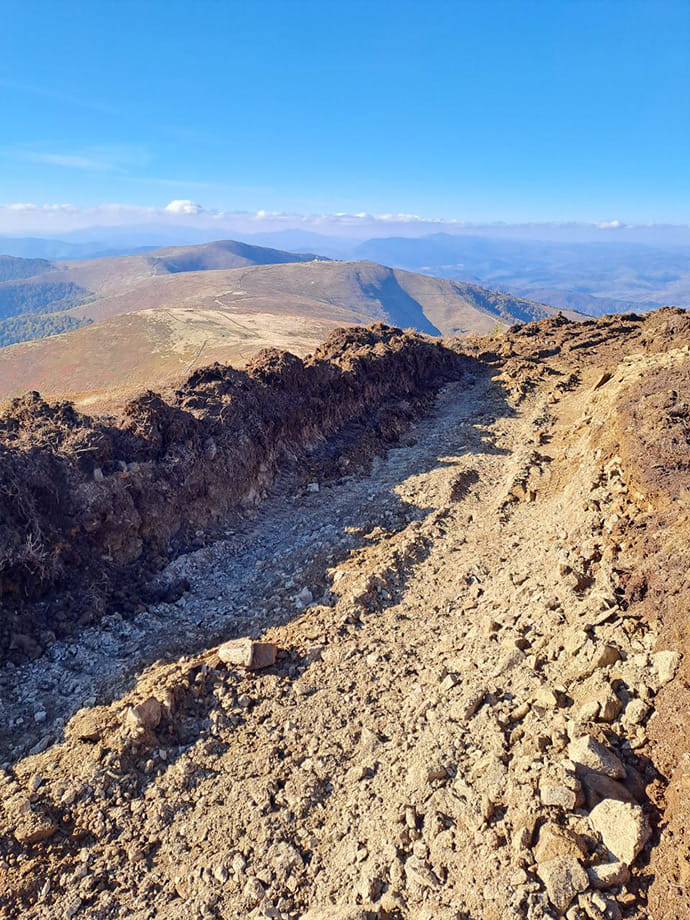
The NGO Environment. People. Law (EPL) said this was clearly preparatory work for the construction of a wind power plant and published an appeal to Ukraine’s senior leadership entitled With a motor grader through the green heart of the Carpathians, or how "green" energy is destroying a national treasure. It was signed by several hundred environmentalists, scientists and activists.
EPL received the following response from Rostyslav Shurma, Deputy Head of the President's Office: "Please be advised that your appeal regarding problems related to the construction of a wind power plant has been forwarded to Ukraine's Cabinet of Ministers with a request that they consider it according to its competence and inform us of the outcome."
* * *
Borzhava is not the only place in the Ukrainian Carpathians where wildlife is threatened with destruction. Along with wind farm construction projects in Polonyna Runa and on the Verkhovyna watershed ridge, perhaps the best-known story is one about construction work on the Svydovets mountain range.
In the spring of 2023, environmental activists quickly collected signatures for a petition to the president demanding the creation of a nature reserve on Svydovets to protect it from the construction of an enormous ski resort. The president instructed the prime minister to look into the matter, but it has yet to be resolved.
The whole idea of wind energy is to provide people with electricity without harming nature in the way that thermal power plants do by burning fossil fuels, or as hydroelectric power plants do by turning river ecosystems upside down. So there is some logic in describing wind energy as "green".
There are examples of wind power plants in the Ukrainian Carpathians that do not pose particular problems for nature, such as the Staryi Sambir Wind Farm. They are located at the bottom of the mountains, in places that were previously inhabited. So those wind turbines did not destroy the precious natural environment, as that had already been done before they were there.
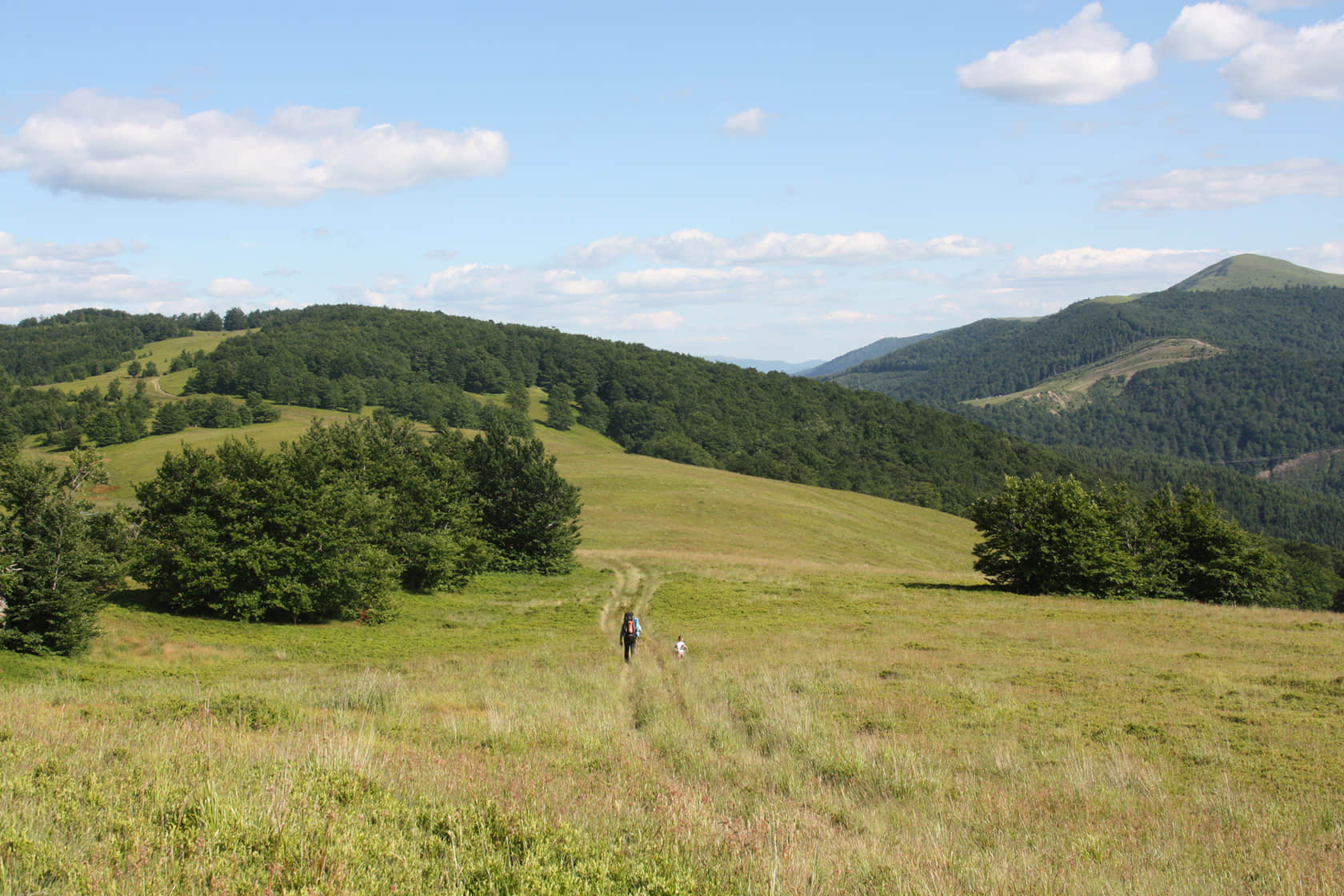
Borzhava, though, is one of those corners of the Carpathians where nature is still almost untouched. And that is what makes it absolutely unique.
After all, only a very few people live here, and that is also significant.
This is what many European countries now lack: wilderness. All they have is fields, industrial landscapes, or other places that humans have fundamentally changed to meet their needs.
Dmytro Simonov
Translation: Yulia Kravchenko, Tetiana Buchkovska
Editing: Teresa Pearce